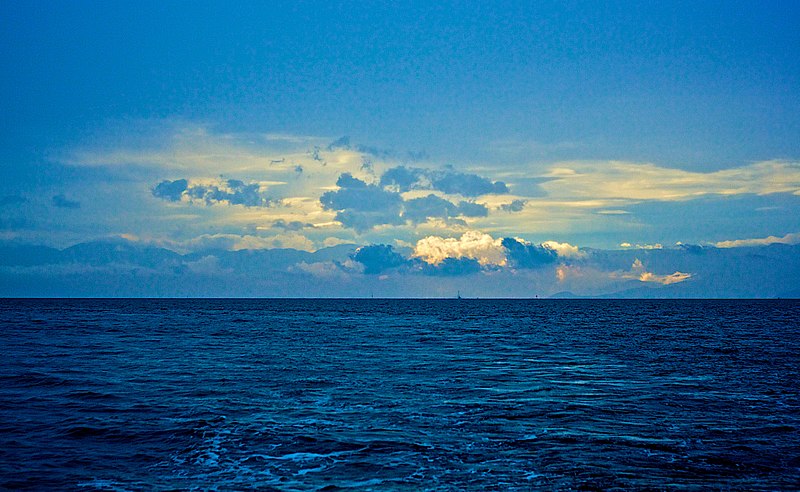
Another Year of Record Heat for the Oceans
ESSIC/CISESS scientist Alexey Mishonov is co-author on a new paper in Advances in Atmospheric Sciences titled “Another Year of Record Heat for the Oceans”.

ESSIC/CISESS scientist Alexey Mishonov is co-author on a new paper in Advances in Atmospheric Sciences titled “Another Year of Record Heat for the Oceans”.

A UMD alum and professor co-authored a paper about the reduction in the thickness of Earth’s protective ozone layer that followed the Australian wildfires.
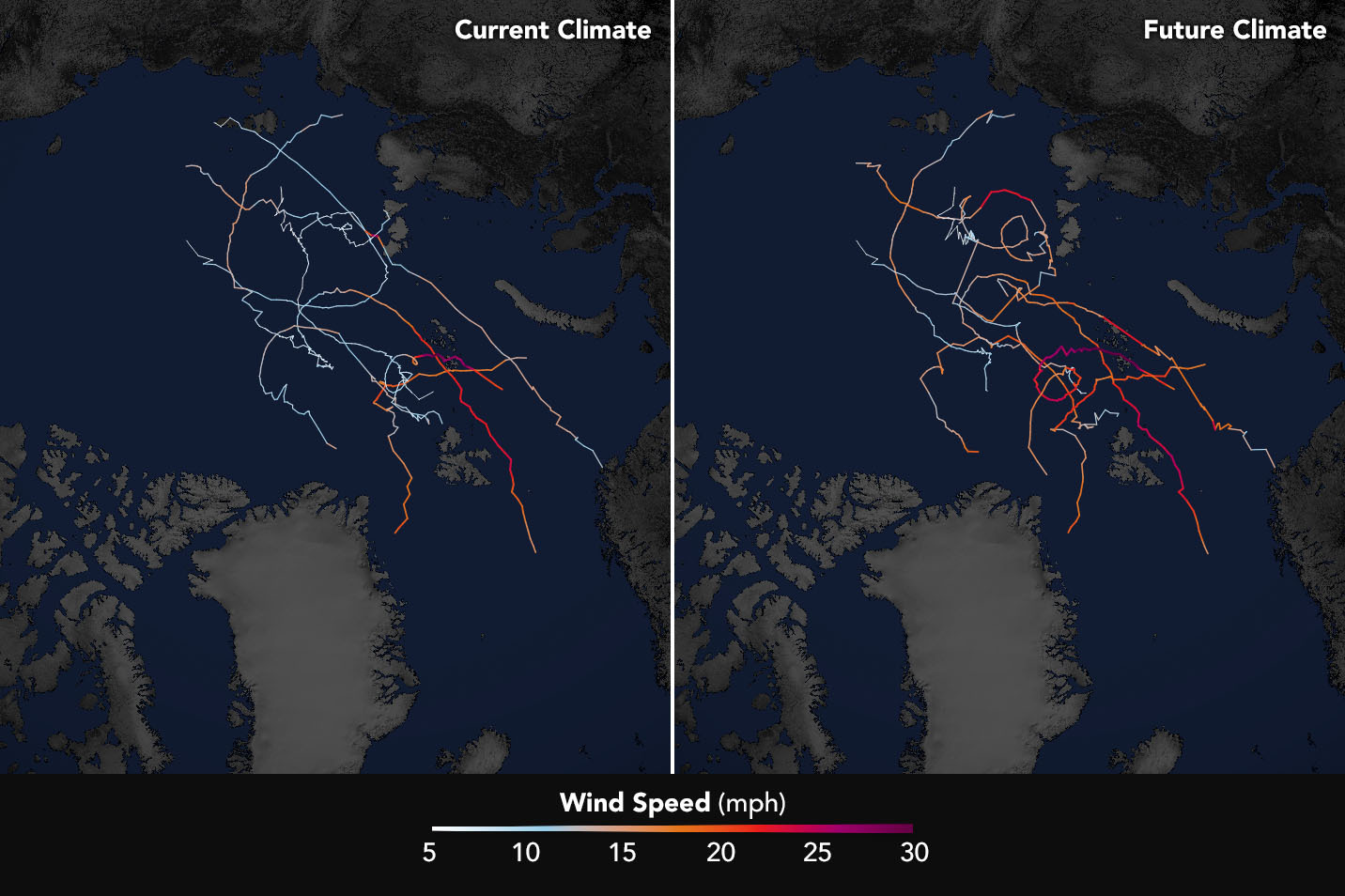
In findings published on Nov. 9, a team of NASA scientists led by ESSIC research scientist Chelsea Parker project spring Arctic cyclones will intensify by the end of this century because of sea ice loss and rapidly warming temperatures. Those conditions will lead to stronger storms that carry warmer air and more moisture into the Arctic.

UMD-led study maps the forests of the American Midwest to monitor carbon storage over millennia
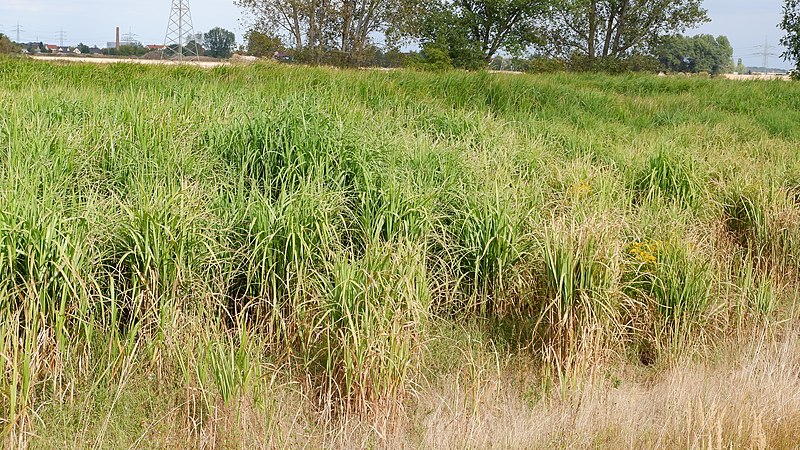
A new study including ESSIC scientist Xin-Zhong Liang has discovered that growing Miscanthus + giganteus, a type of perennial biomass crop, has a strong likelihood of significantly lowering regional summer temperatures and the vapor-pressure deficit, while increasing rainfall and overall crop productivity. This work was published in Global Change Biology-Bioenergy with Liang serving as Lead Principal Investigator. The first author, Yufeng He, is a former ESSIC Postdoctoral Associate.
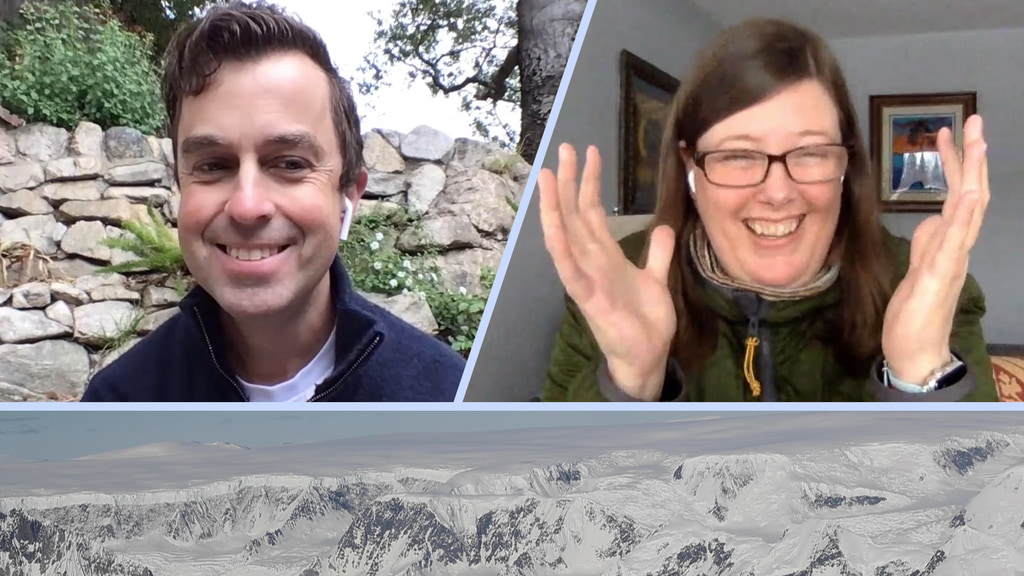
Two NASA Glaciologists, Kelly Brunt and Alex Gardner, recently sat down to discuss the history, challenges, and evolution of mapping the Antarctic continent and what it means for science and society.
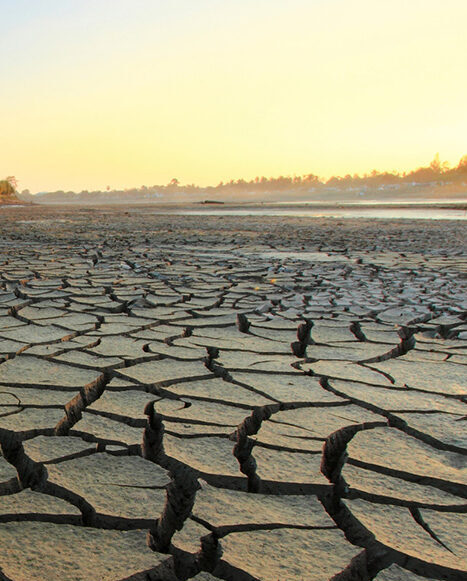
ESSIC scientist Weston Anderson is a co-author on a new paper out in Nature Climate Change titled “Enhanced risk of concurrent regional droughts with increased ENSO variability and warming”.

A new paper by the NOAA Coral Reef Watch (CRW) program, an initiative supported by the ESSIC-administered Cooperative Institute for Satellite Earth System Studies (CISESS), shows that Australia’s Great Barrier Reef (GBR) started the 2021-2022 summer season with more accumulated oceanic heat stress than ever before in the satellite record (i.e., 1985 to the present). As of December 14, 2021, NOAA CRW’s daily global 5km satellite coral bleaching heat stress products indicated that instantaneous heat stress and accumulated heat stress over the prior 12 weeks were unprecedented on the GBR.

In 1986, chlorofluorocarbons (CFCs), chemical compounds known to break down ozone in the atmosphere, were banned by the Montreal Protocol. This led to an immediate rapid decline in emissions. However, recent studies have shown that CFC-11 emissions have increased, suggesting a contribution from eastern Asia.
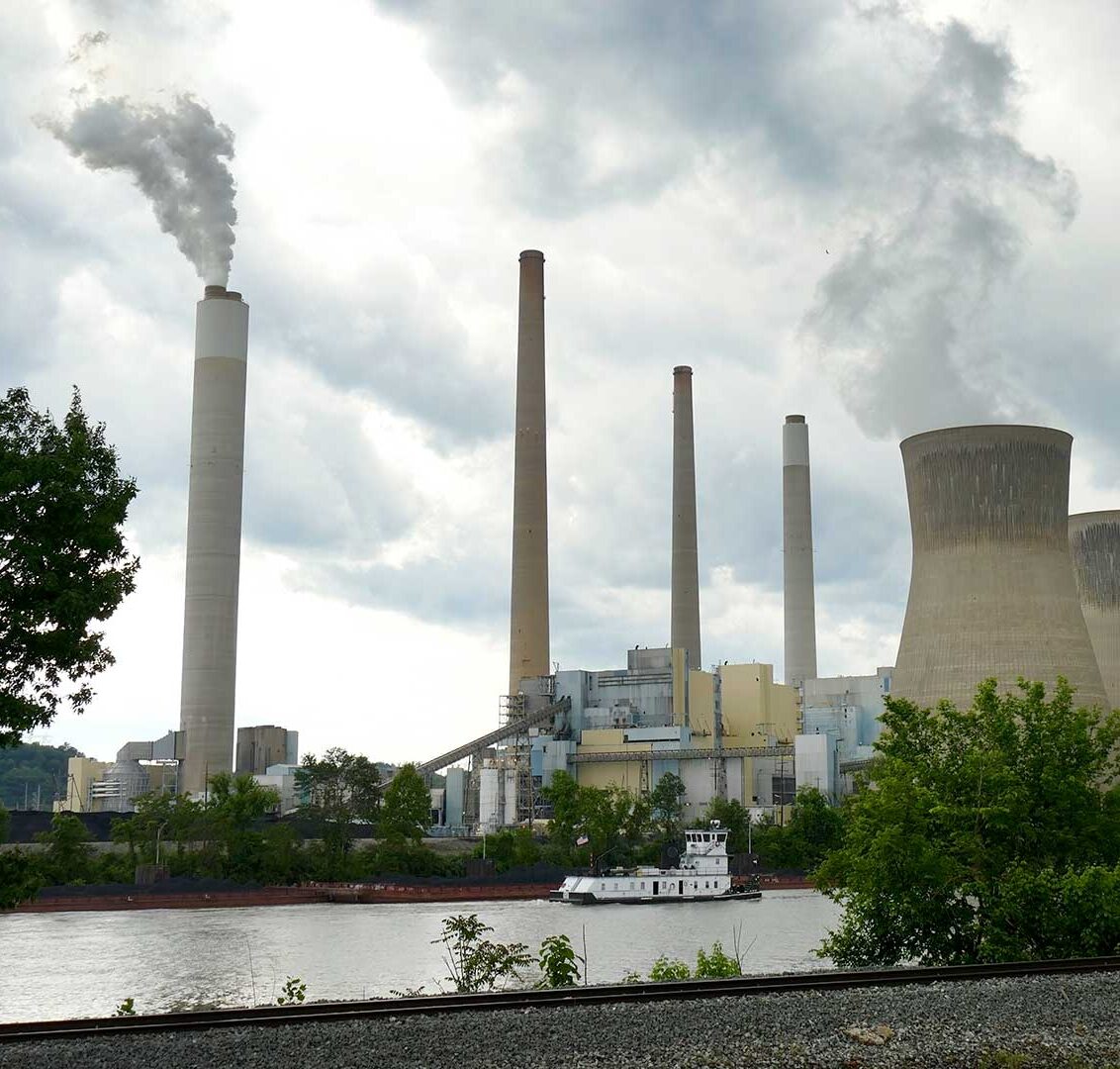
From revoking the permit on the Keystone XL natural gas pipeline to starting the process of reversing Trump-era polices on national monuments, endangered lands and species, and energy exploration, the environment stands near the top of President Joe Biden’s immediate agenda. The centerpiece was an Inauguration Day executive order to rejoin the Paris Climate Agreement, negotiated by the nations of the world (with key oversight from a Terp) to head off the devastating effects of climate change, from famines to coastal flooding.